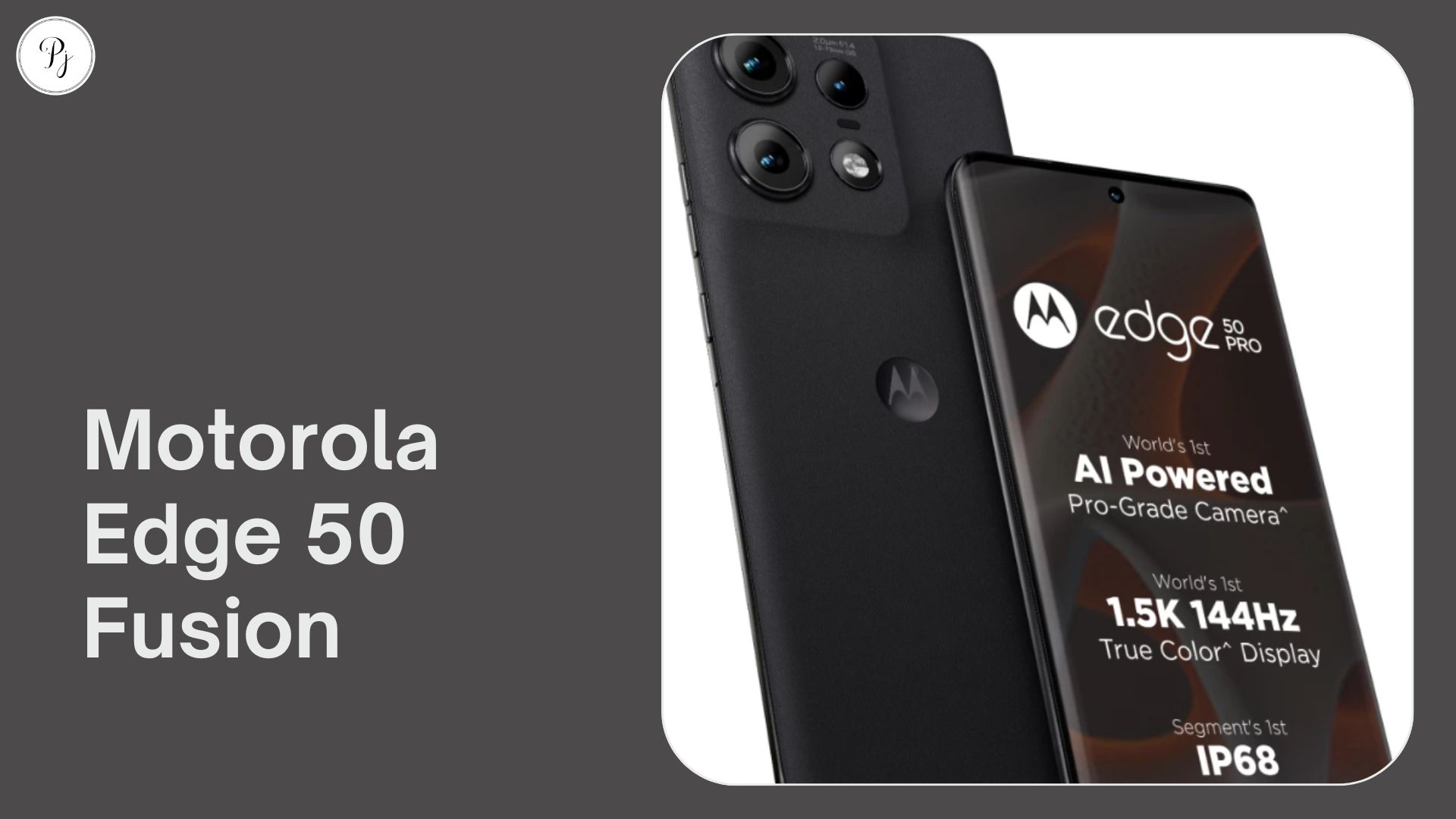If you are looking for a way to enhance your home theater experience, you might want to consider getting an AV receiver. An AV receiver is a device that receives and processes audio and video signals from various sources, such as Blu-ray players, game consoles, streaming devices, and more. It also amplifies the sound sends it to your speakers, and routes the video to your display device, such as a TV or projector.
An AV receiver can offer many benefits for your home theater system, such as:
- Better sound quality: An AV receiver can deliver high-fidelity sound that matches the quality of your video. It can also support various surround sound formats, such as Dolby Atmos and DTS:X, that create a more immersive and realistic sound field.
- More connectivity options: An AV receiver can connect to multiple devices and switch between them easily. You can also use wireless technologies, such as Bluetooth and Wi-Fi, to stream music from your smartphone or tablet to your AV receiver.
- More control and customization: An AV receiver can let you adjust various settings, such as volume, bass, treble, balance, and more. You can also use features like room correction and equalization to optimize the sound for your specific room and speaker setup.
How to Choose an AV Receiver
There are many factors to consider when choosing an AV receiver for your home theater system. Here are some of the most important ones:
- Channels: The number of channels indicates how many speakers an AV receiver can power. For example, a 5.1 channel AV receiver can power five speakers (front left, front right, center, surround left, and surround right) and one subwoofer. A 7.2 channel AV receiver can power seven speakers and two subwoofers. The more channels you have, the more immersive and detailed the sound will be.
- Power: The power output of an AV receiver indicates how loud it can drive your speakers. It is measured in watts per channel (WPC). The higher the WPC, the louder and clearer the sound will be. However, you also need to consider the impedance and sensitivity of your speakers, which affect how much power they need. Generally speaking, you should look for an AV receiver that has at least 80 WPC at 8 ohms impedance.
- Features: There are many features that an AV receiver can offer to enhance your home theater experience. Some of the most common ones are:
- HDMI inputs and outputs: HDMI is the standard connection for high-definition audio and video. You should look for an AV receiver that has enough HDMI inputs to connect all your sources, and at least one HDMI output to connect to your display device. You should also check the HDMI version and specifications of the AV receiver, such as 4K or 8K resolution support, HDR support, eARC support, etc.
- Surround sound formats: Surround sound formats are the technologies that create a multi-dimensional sound field from your speakers. Some of the most popular ones are Dolby Atmos, DTS:X, Dolby TrueHD, DTS-HD Master Audio, etc. You should look for an AV receiver that supports the surround sound formats that you want to use.
- Wireless technologies: Wireless technologies allow you to stream music from your mobile devices or online services to your AV receiver without using cables. Some of the most common ones are Bluetooth, Wi-Fi, AirPlay, Chromecast, etc. You should look for an AV receiver that supports the wireless technologies that you want to use.
- Room correction: Room correction is a feature that analyzes the acoustics of your room and adjusts the sound accordingly. It can improve the sound quality and clarity by reducing unwanted reflections and resonances. Some of the most popular room correction systems are Audyssey, YPAO, MCACC, etc. You should look for an AV receiver that has a room correction system that suits your preferences.
Best AV Receivers of 2023
There are many AV receivers available in the market today, each with its own strengths and weaknesses. To help you narrow down your choices, here are some of the best AV receivers of 2023 based on their performance, features, and reviews:
| Model | Channels | Power (WPC) | HDMI Inputs/Outputs | Surround Sound Formats | Wireless Technologies | Room Correction System |
|---|---|---|---|---|---|---|
| Denon AVR-X6700H1 | 11.2 | 140 | 8/3 | Dolby Atmos, DTS:X Pro, Auro-3D, IMAX Enhanced | Bluetooth, Wi-Fi, AirPlay 2, HEOS | Audyssey MultEQ XT32 |
| Yamaha RX-A8A2 | 11.2 | 120 | 7/3 | Dolby Atmos, DTS:X, Auro-3D, IMAX Enhanced | Bluetooth, Wi-Fi, AirPlay 2, MusicCast | YPAO R.S.C. |
| Onkyo TX-RZ503 | 9.2 | 100 | 6/2 | Dolby Atmos, DTS:X, IMAX Enhanced | Bluetooth, Wi-Fi, Chromecast, FlareConnect | AccuEQ Advance |
Conclusion
An AV receiver is an essential component for any home theater system that can improve the sound and video quality of your entertainment. It can also offer many features and options that can enhance your enjoyment and convenience. However, choosing an AV receiver can be a daunting task, as there are many factors to consider and many models to choose from. Hopefully, this guide has given you some useful information and tips on how to choose an AV receiver that suits your needs and budget. Happy shopping!
FAQs
- What is an AV receiver and why do I need one? An AV receiver is a device that receives and processes audio and video signals from various sources, such as Blu-ray players, game consoles, streaming devices, and more. It also amplifies the sound and sends it to your speakers, and routes the video to your display device, such as a TV or projector. You need an AV receiver if you want to enjoy a high-quality and immersive home theater experience with surround sound and 4K or 8K video.
- How many channels do I need for my AV receiver? The number of channels indicates how many speakers an AV receiver can power. For example, a 5.1 channel AV receiver can power five speakers (front left, front right, center, surround left, and surround right) and one subwoofer. A 7.2 channel AV receiver can power seven speakers and two subwoofers. The more channels you have, the more immersive and detailed the sound will be. The minimum configuration for Dolby Atmos and DTS:X, which are the latest surround sound formats, is 7.1.2 channels, which means seven speakers, one subwoofer, and two height speakers.
- What are the main features to look for in an AV receiver? There are many features that an AV receiver can offer to enhance your home theater experience. Some of the most common ones are:
- HDMI inputs and outputs: HDMI is the standard connection for high-definition audio and video. You should look for an AV receiver that has enough HDMI inputs to connect all your sources, and at least one HDMI output to connect to your display device. You should also check the HDMI version and specifications of the AV receiver, such as 4K or 8K resolution support, HDR support, eARC support, etc.
- Surround sound formats: Surround sound formats are the technologies that create a multi-dimensional sound field from your speakers. Some of the most popular ones are Dolby Atmos, DTS:X, Dolby TrueHD, DTS-HD Master Audio, etc. You should look for an AV receiver that supports the surround sound formats that you want to use.
- Wireless technologies: Wireless technologies allow you to stream music from your mobile devices or online services to your AV receiver without using cables. Some of the most common ones are Bluetooth, Wi-Fi, AirPlay, Chromecast, etc. You should look for an AV receiver that supports the wireless technologies that you want to use.
- Room correction: Room correction is a feature that analyzes the acoustics of your room and adjusts the sound accordingly. It can improve the sound quality and clarity by reducing unwanted reflections and resonances. Some of the most popular room correction systems are Audyssey1, YPAO2, MCACC3, etc. You should look for an AV receiver that has a room correction system that suits your preferences.
- What are some of the best AV receivers of 2023? There are many AV receivers available in the market today, each with its own strengths and weaknesses. To help you narrow down your choices, here are some of the best AV receivers of 2023 based on their performance, features, and reviews:
- Denon AVR-X6700H: This is a flagship model from Denon that offers 11.2 channels of power and supports up to 13.2 channels of processing. It has a whopping 140 WPC at 8 ohms impedance and supports all the latest HDMI specifications, including 8K resolution, HDR10+, eARC, etc. It also supports Dolby Atmos4, DTS:X Pro, Auro-3D, IMAX Enhanced, etc., as well as wireless technologies like Bluetooth, Wi-Fi, AirPlay 2, HEOS, etc. It has a built-in Audyssey MultEQ XT32 room correction system that can optimize the sound for up to eight listening positions. It is one of the most advanced and versatile AV receivers in the market today.
- Yamaha RX-A8A: This is a premium model from Yamaha that offers 11.2 channels of power and supports up to 13.2 channels of processing. It has a respectable 120 WPC at 8 ohms impedance and supports 8K resolution, HDR10+, eARC, etc. It also supports Dolby Atmos, DTS:X, Auro-3D, IMAX Enhanced, etc., as well as wireless technologies like Bluetooth, Wi-Fi, AirPlay 2, MusicCast, etc. It has a built-in YPAO R.S.C. room correction system that can measure the sound from multiple angles and adjust the sound accordingly. It is one of the most reliable and user-friendly AV receivers in the market today.
Onkyo TX-RZ50: This is a mid-range model from Onkyo that offers 9.2 channels of power and supports up to 11.2 channels of processing. It has a decent 100 WPC at 8 ohms impedance and supports 8K resolution, HDR10+, eARC, etc. It also supports Dolby Atmos, DTS:X, IMAX Enhanced, etc., as well as wireless technologies like Bluetooth, Wi-Fi, Chromecast, FlareConnect, etc. It has a built-in AccuEQ Advance room correction system that can measure the sound from multiple positions and correct the frequency response and phase alignment. It is one of the most affordable and functional AV receivers in the market today.





